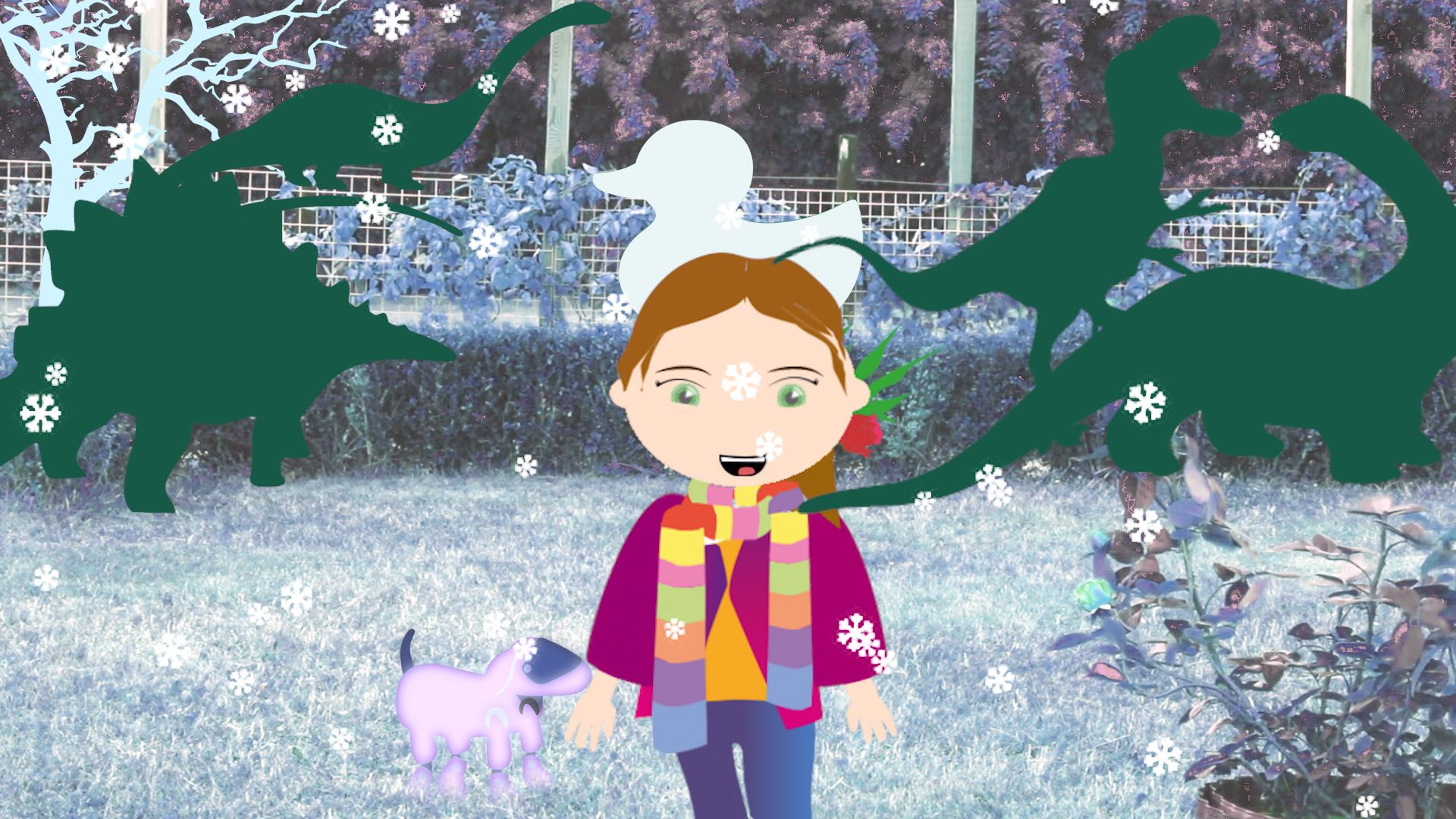Imagination: A Real Life Superpower
How the Brain Uses Fiction as a Simulation to Reimagine Our Real World
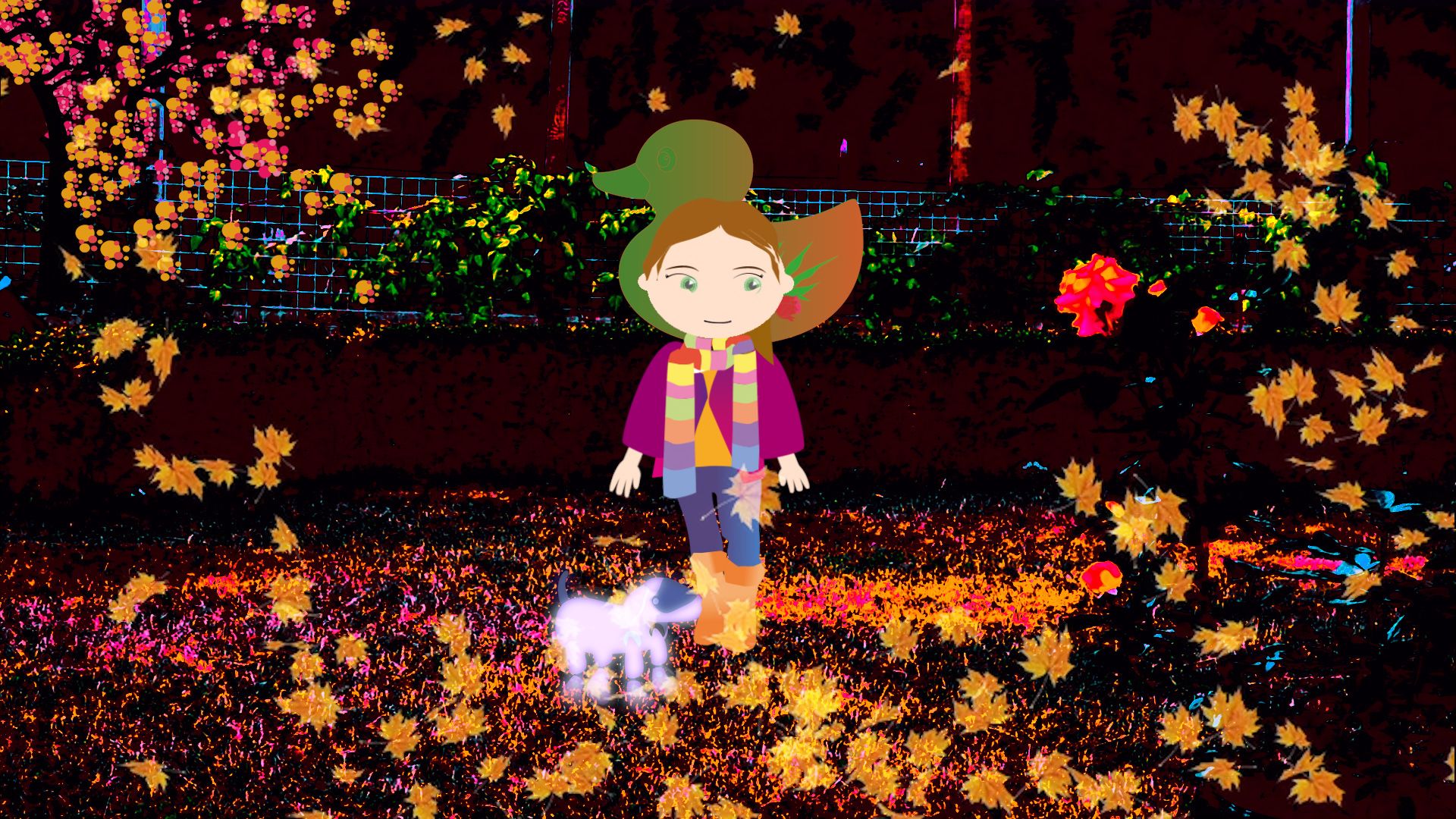
In 2016, on the very last page of Invincible Iron Man #7, readers met a 15 year old black girl secretly building an intelligent armour suit in her MIT dorm room. A few editions later, she integrated AI into her suit and, not long after that she met Tony Stark - and Riri Williams fulfilled her destiny, transforming into Ironheart.
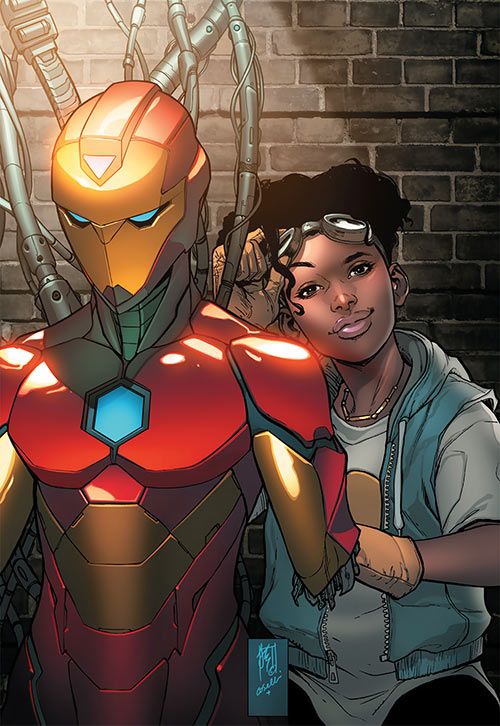
In 2017, a year later, in the Little Miss and Mister Man Universe, a new face was added to the line up: Little Miss Inventor.
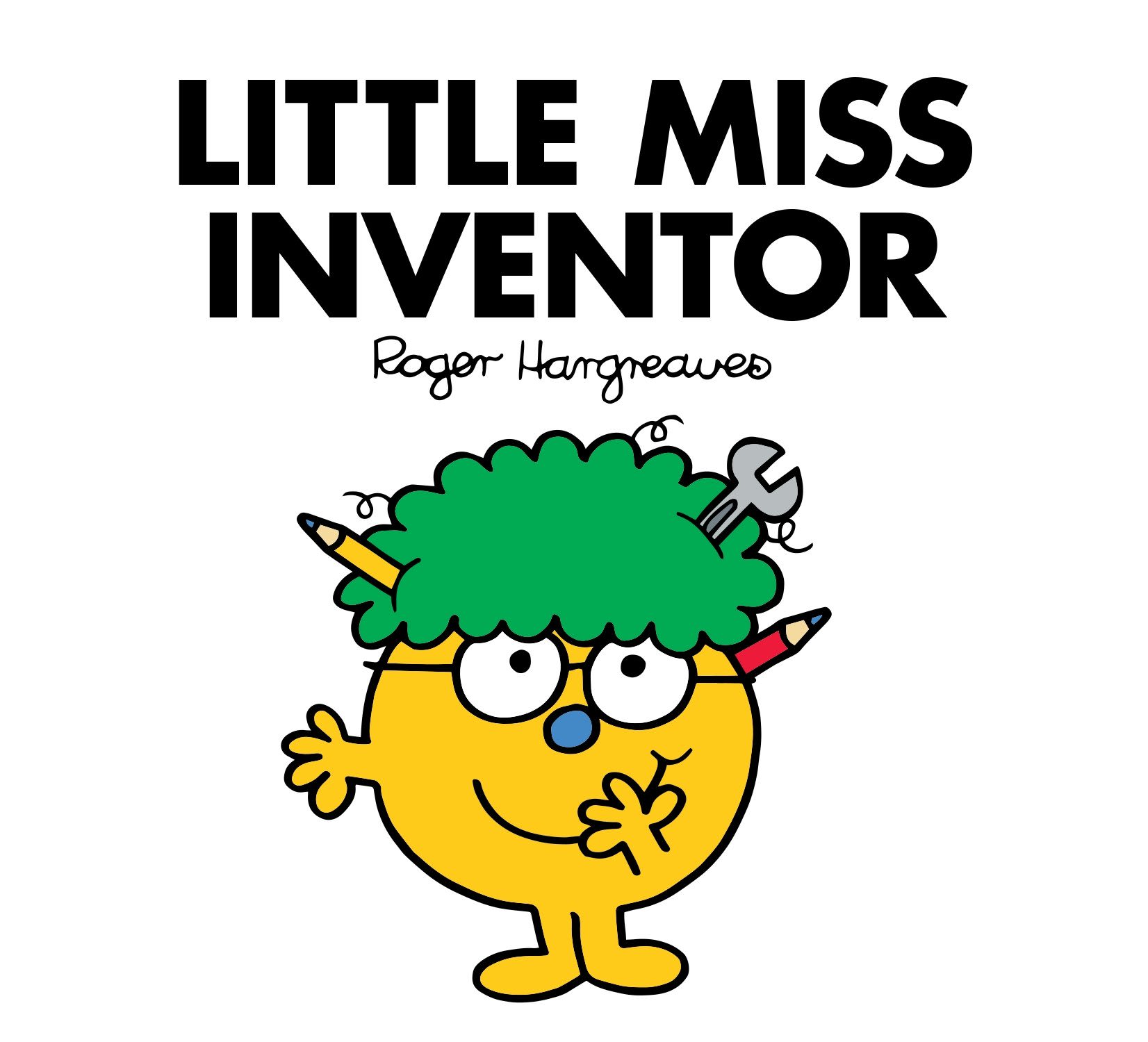
It seems fitting then that in 2019 we should meet Ani - a little girl with a very special mission of her own, and the help of her dog and her...robot.
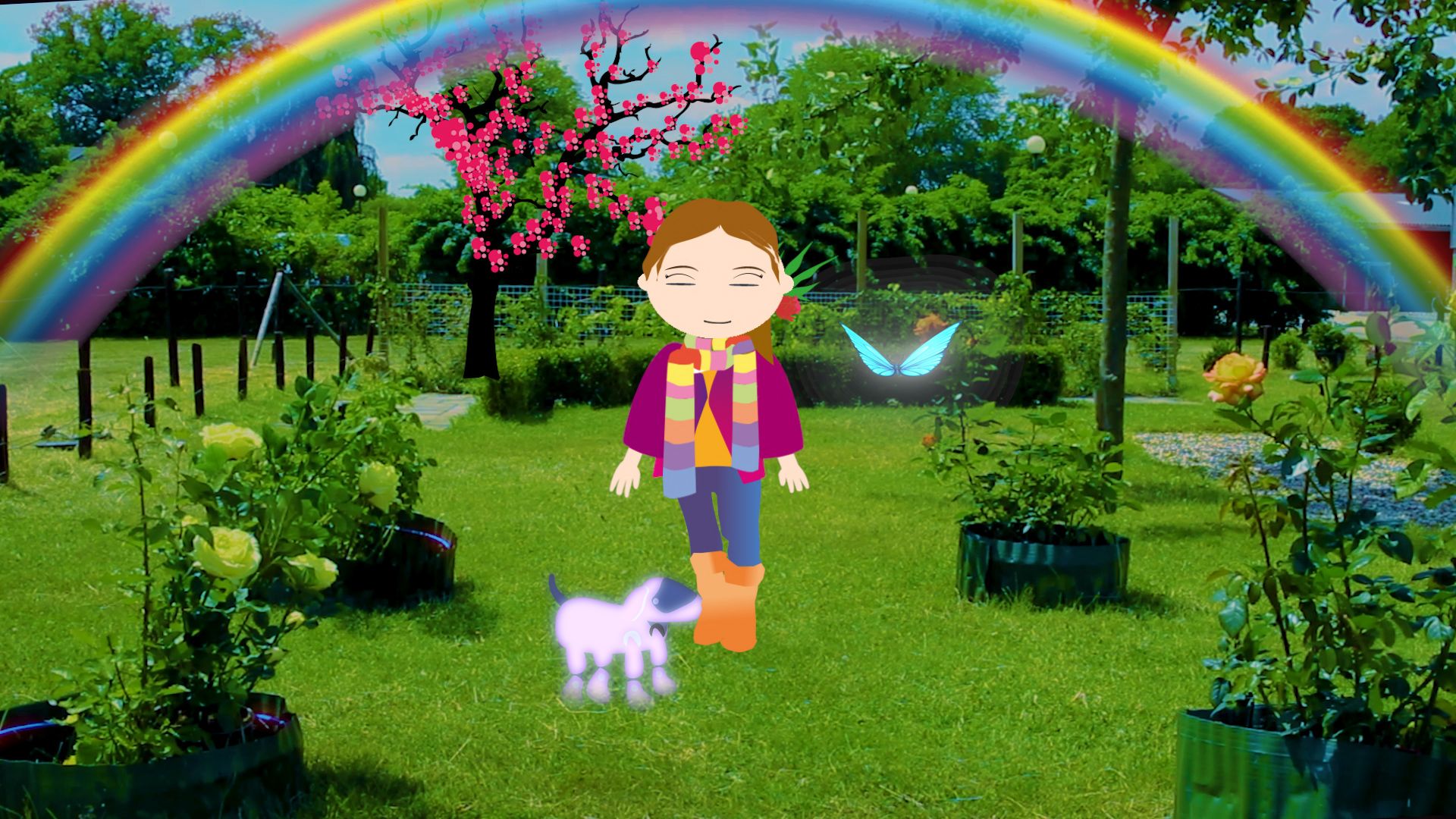
Of course we meet Riri Williams, Little Miss Inventor and Ani in stories.
But when is a story not just a story?
Every time, it seems.
Research keeps proving that fictional stories fire up much more than language regions in the brain. Stories with the word 'coffee' in them will activate smell regions in the brain. Stories with the words 'velvety' or 'leathery' will activate the tactile touch regions. Stories with the word 'kick' in them will activate motion regions.
It seems that the brain creates a replica of the world to play out fictional stories, feeling, sensing, and moving us with a story as it unfolds.
Famously, Kevin Oatley, a professor in cognitive science thinks of it as a simulation that...
“...runs on minds of readers just as computer simulations run on computers.”
Oatley's work indicates that people who are engaged with fictional stories are able to draw on their experiences in the simulation and use them to better interpret and act in the real world.
Jonathan Gottschall, author of The Storytelling Animal: How Stories Make Us Human, reflecting on and expanding on Oatley's work in 2012 wrote:
As Oatley puts it, fiction serves the function of “making the world a better place by improving interpersonal understanding. Follow-up studies have reached similar conclusions. For example, one study showed that small children (age 4-6) who were exposed to a large number of children’s books and films had a significantly stronger ability to read the mental and emotional states of other people.
Oatley and others have contributed much to the field of the neuroscience of the brain on fiction over the last ten years. Earlier this week, the BBC reflected on how their research shows an increase in altruism and interpretation of the world among those deeply engaged with fiction.
They also cited Dr. Johanna Shapiro's work as showing fictional storytelling as a technique being used to train doctors to become better doctors.
The power of fiction to create these improved outcomes amongst and within real people in the real world lies in the way the brain simulates a world during storytelling - transporting a person engaged with a story in to different version of life and reality.
The work of many scientists now indicates that both children and adults use those simulated experiences to better interpret the real world around them, and to empathise with the possible states and emotions of people in it.
Importantly for all of us, but perhaps most of all for children, the simulated worlds created in the brain allow us to first imagine and then see new possibilities, new outcomes, and new versions of our selves and our futures. We then engage with our real world with the benefit of that experience and insight.
Against the background of this science, the stories of Riri Williams, Little Miss Inventor, and Ani - a girl, her dog and her robot - become all the more important to tell. Positive stories for connecting girls to STEM, that cast them as central characters: the kind of future we all want to see for our real world.
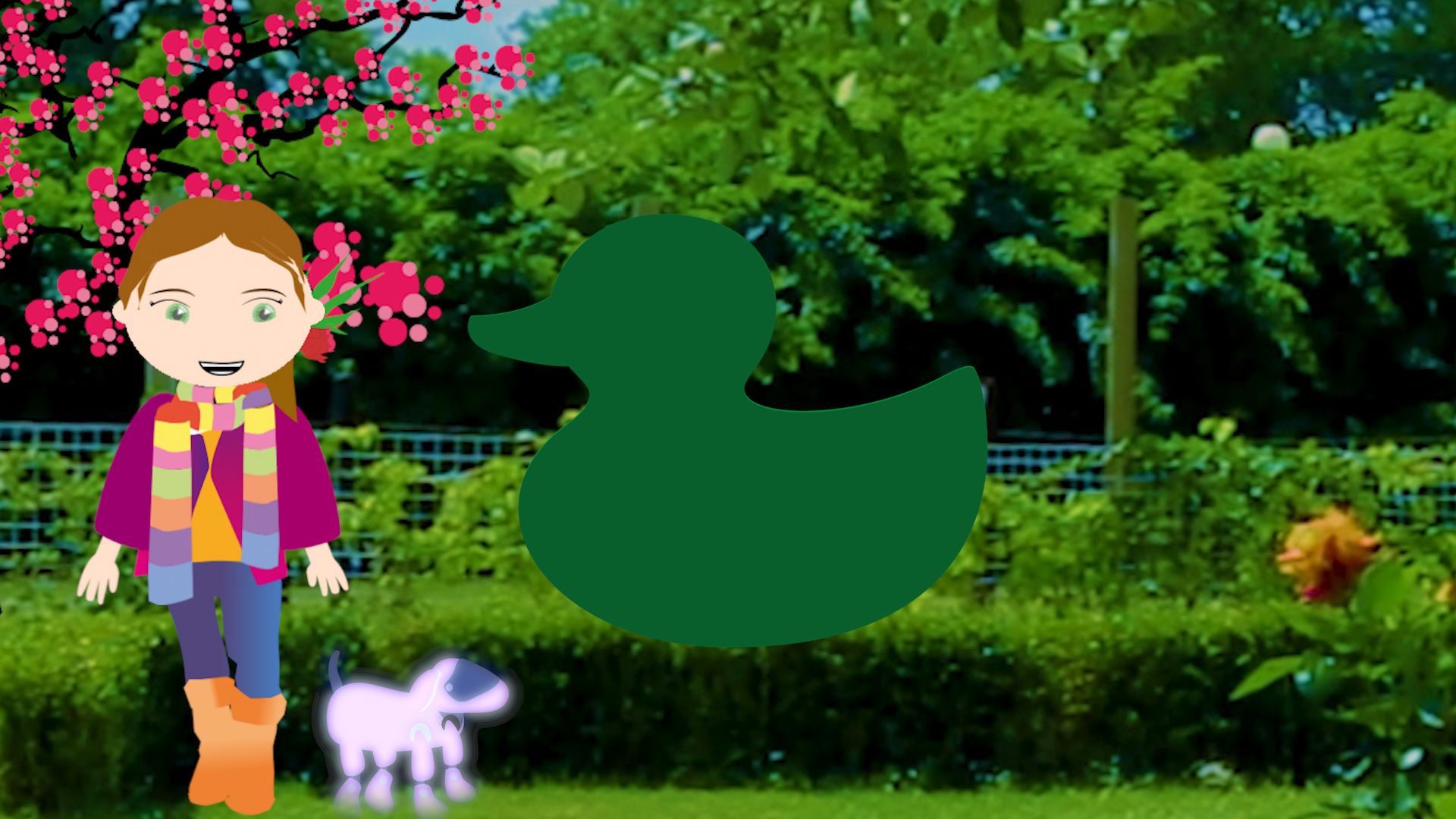
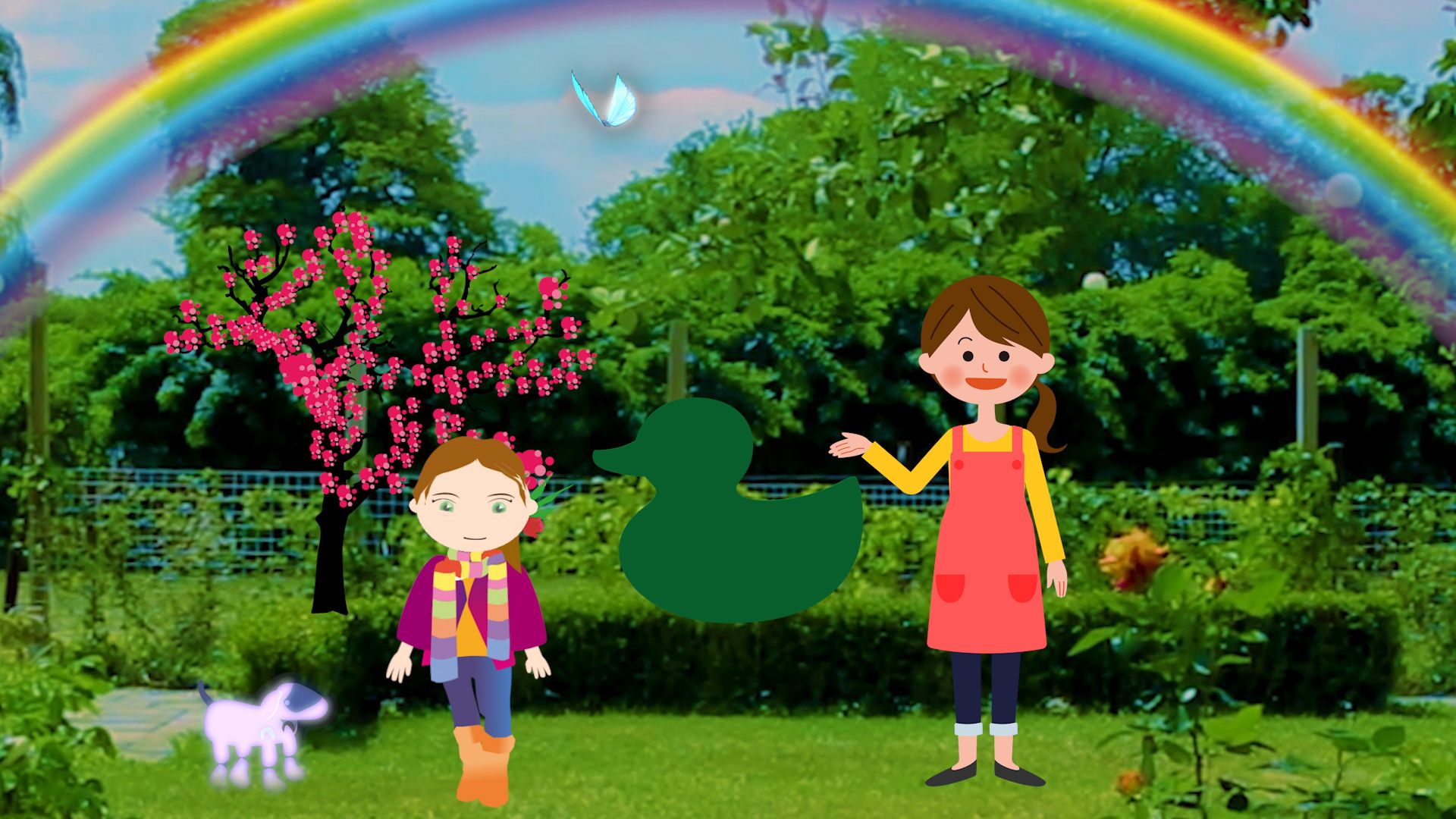
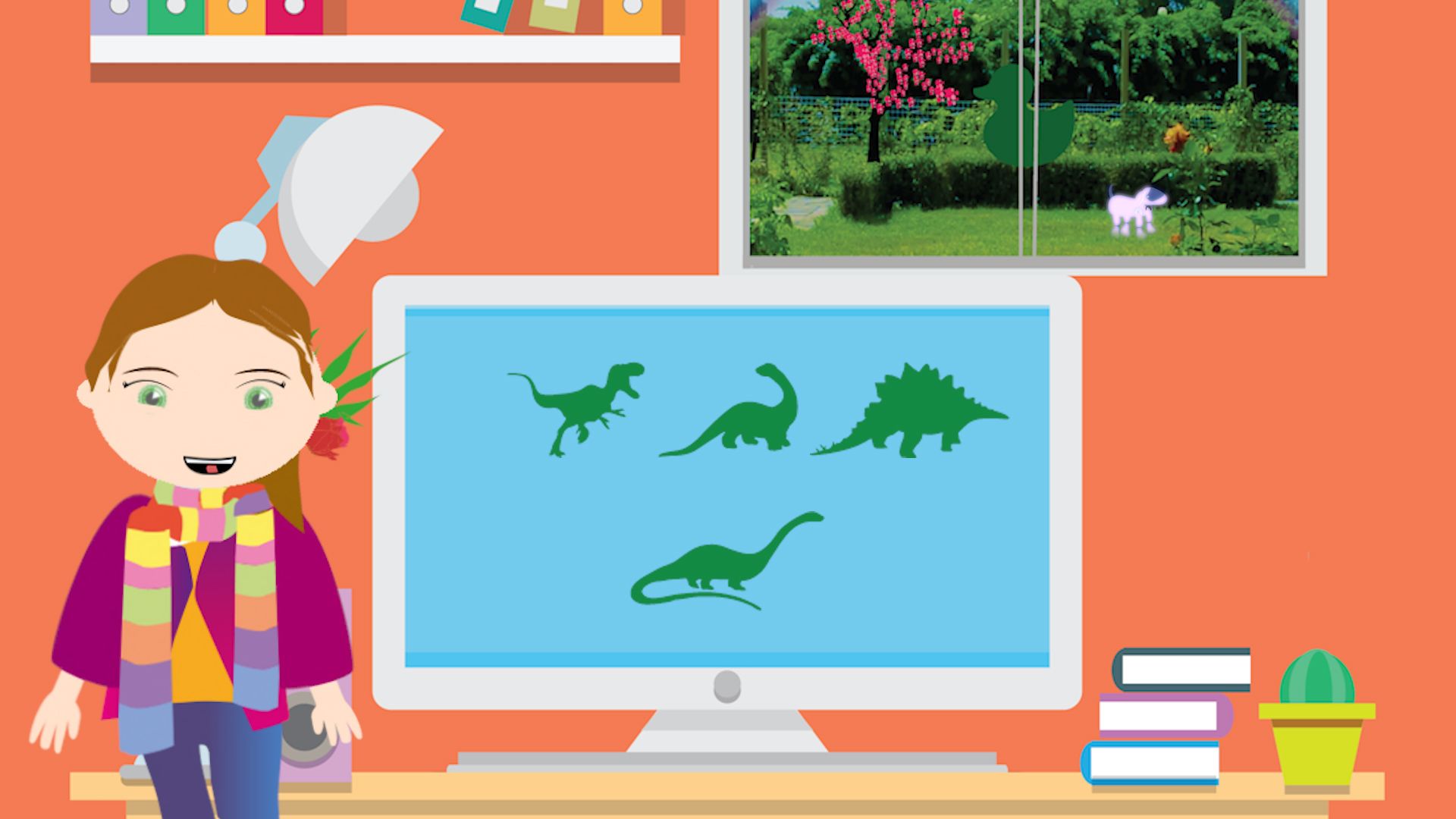
Go confidently in the direction of your dreams. Live the life you have imagined.
